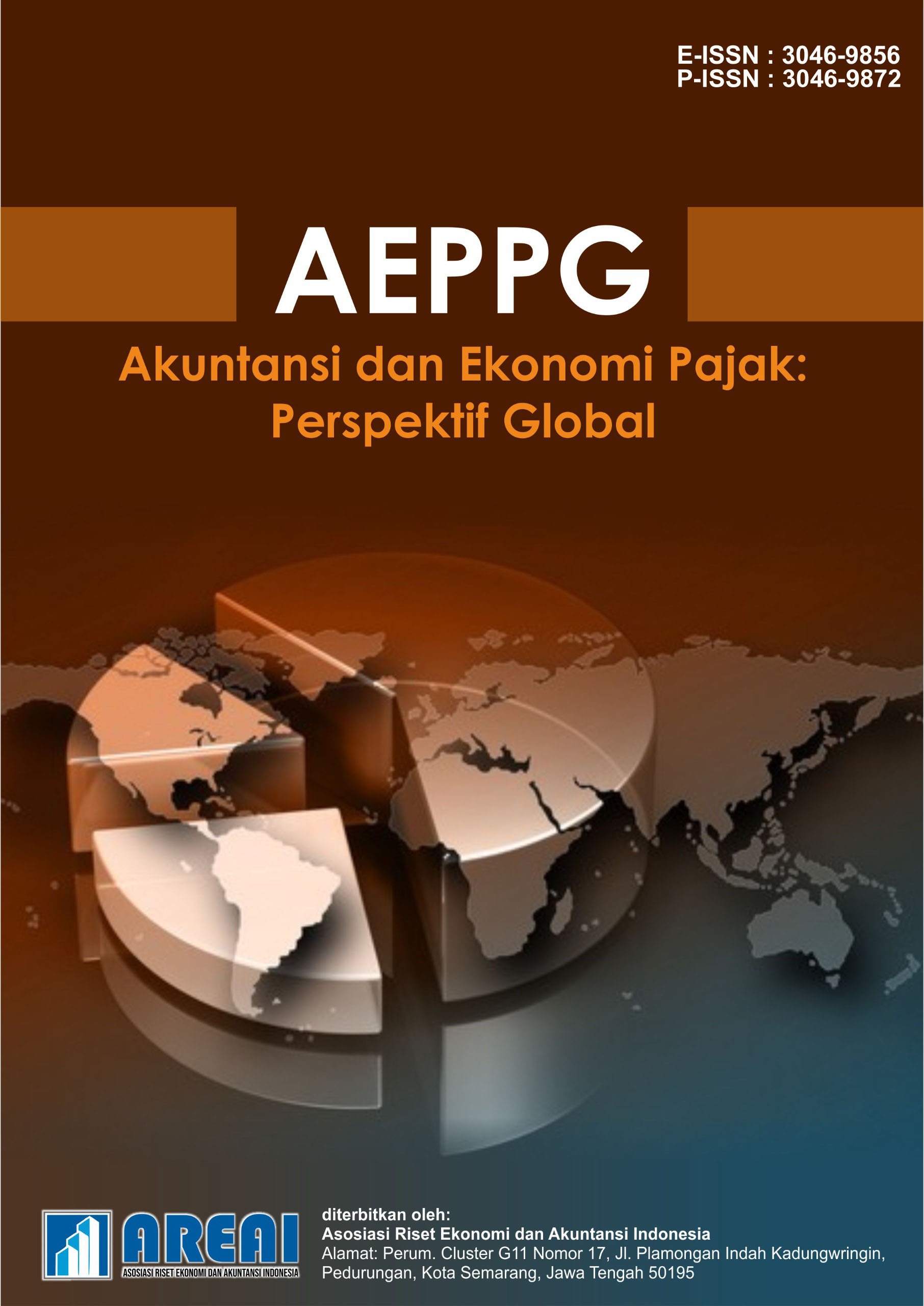Transportasi Pajak dan Implikasinya terhadap Kepatuhan Wajib Pajak
DOI:
https://doi.org/10.61132/aeppg.v2i2.918Keywords:
Digitalization, Tax administration, Tax information system, Tax transportation, Taxpayer complianceAbstract
This study aims to analyze the relationship between the tax transportation system and the level of taxpayer compliance. In the context of tax administration modernization, tax transportation refers not only to physical mobility but also to the efficient mechanism of digitalization and distribution of tax information. The implications of an effective tax transportation system include increased transparency, easy access to tax information, and acceleration of the reporting process. This study examines how optimizing tax infrastructure, such as online reporting systems, mobile tax education, and integration between agencies, can encourage voluntary and formal compliance levels. Data were obtained through a quantitative approach by distributing questionnaires to individual and corporate taxpayers in several major cities. The results of the analysis show that there is a significant positive correlation between tax transportation efficiency and taxpayer compliance. This study recommends strengthening the tax information and technology system as a strategic step in improving national tax compliance.
Downloads
References
Davis, F. D. (1989). Perceived usefulness, perceived ease of use, and user acceptance of information technology. MIS Quarterly, 13(3), 319–340.
Direktorat Jenderal Pajak. (2020). Strategi peningkatan kepatuhan wajib pajak melalui reformasi perpajakan (hlm. 12). DJP.
Fischer, R. (2018). Understanding tax compliance: The role of fairness and public perception. Tax Policy Journal, 27(2), 114–130.
Hartono, S., & Rahmat, H. (2023). Pengaruh edukasi perpajakan terhadap kepatuhan wajib pajak di era digital. Jurnal Administrasi Perpajakan, 14(2), 145–160.
Kementerian Keuangan RI. (2021). Transformasi digital dalam sistem administrasi perpajakan (hlm. 25). Kemenkeu Press.
Kumar, R., & Gupta, M. (2022). The impact of mobile applications on tax compliance: A case study of small businesses. Journal of Taxation, 59(4), 233–245.
M Revenue & Customs. (2020). Making tax digital: The future of tax administration in the UK (hlm. 5).
Miller, B. (2021). Tax compliance in the digital age: Formal and material obligations. Journal of Public Finance, 36(3), 102–115.
Nguyen, T., & Chang, W. (2023). The impact of tax education on compliance: Evidence from a digital tax reform program. Public Administration Review, 83(4), 532–543.
Nurhasanah, D. (2022). Faktor yang mempengaruhi kepatuhan wajib pajak di era digital. Jurnal Perpajakan Indonesia, 5(2), 88.
Nurmahadi, N., & Setyorini, C. T. (2018). Maqasid Syariah dalam pengukuran kinerja lembaga keuangan syariah di Indonesia. JAS (Jurnal Akuntansi Syariah), 2(1), 29–55.
Prasetyo, A., & Yuliana, T. (2021). Peran transparansi sistem perpajakan dalam meningkatkan kepatuhan pajak di Indonesia. Jurnal Pajak Indonesia, 20(1), 33–46.
Sari, M. A. (2021). Literasi digital dan ketimpangan akses teknologi dalam kepatuhan pajak. Jurnal Ekonomi dan Kebijakan Publik, 11(1), 66.
Setiawan, E., & Sari, R. (2021). Pengaruh kemudahan akses dan kecepatan layanan terhadap kepatuhan wajib pajak di Indonesia. Jurnal Ekonomi Perpajakan, 17(3), 201–213.
Widodo, A., & Suwandi, H. (2020). Efektivitas e-Filing dan DJP Online dalam meningkatkan kepatuhan pajak di Indonesia. Jurnal Administrasi Publik, 13(1), 56–70.
Downloads
Published
How to Cite
Issue
Section
License
Copyright (c) 2025 Akuntansi dan Ekonomi Pajak: Perspektif Global

This work is licensed under a Creative Commons Attribution-ShareAlike 4.0 International License.





